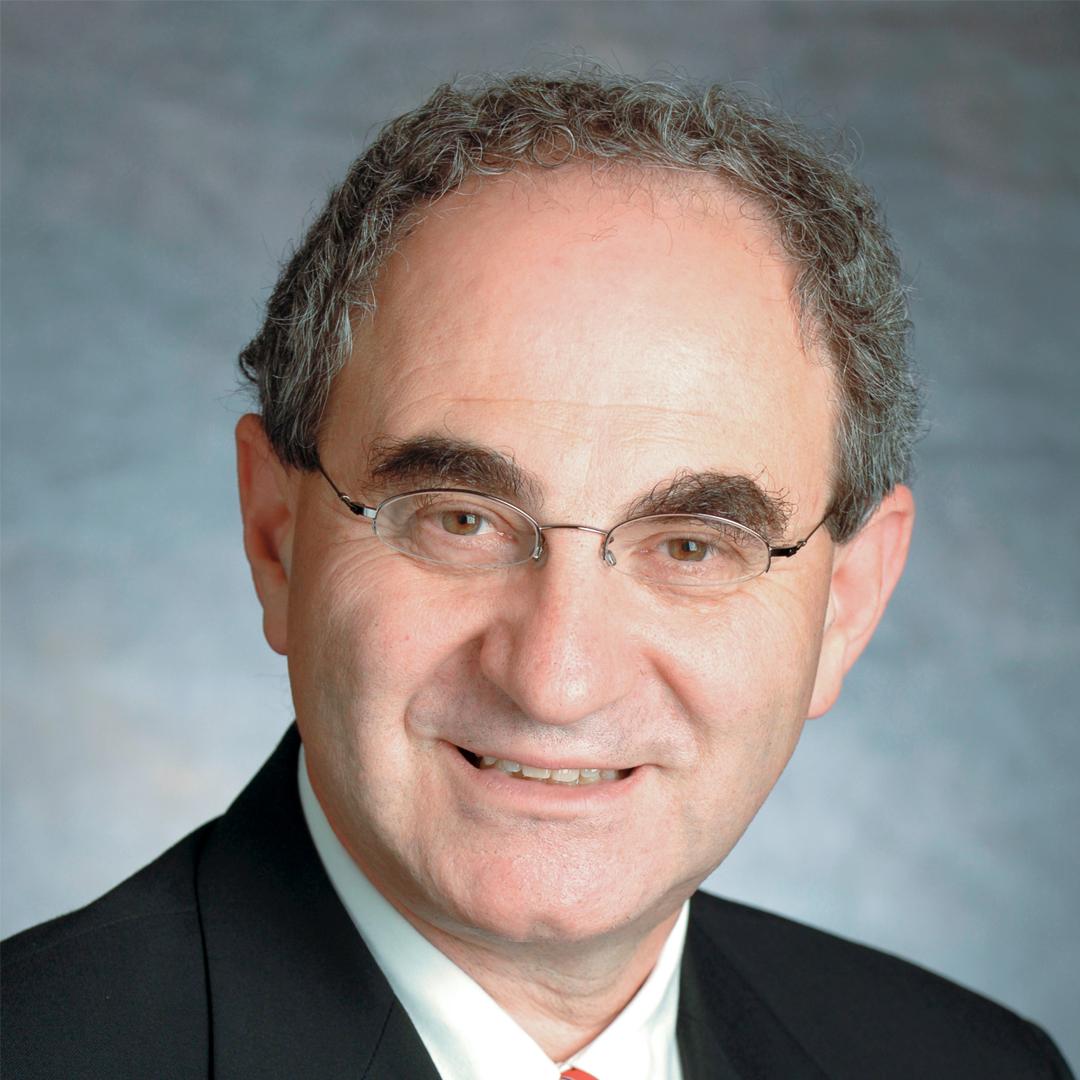
Eli Yablonovitch loves light. You don’t have to be a master of physics to appreciate his development of “photonic bandgap structures” and his discovery of “photonic crystals” in the 1980s, which have been widely adopted in light-wave communication. In addition, he introduced the “light-trapping” factor to the modern solar energy industry, allowing solar cells to increase their electricity output. Nearly all solar panels incorporate an architecture based on Yablonovitch’s discoveries. But even if you haven’t installed a brand new solar roof, Yablonovitch’s ingenuity has likely graced the inside of your purse or pocket. As if revolutionizing optical communications, and solar energy wasn’t enough, Yablonovitch went on to found Ethertronics, a company that employed his ideas to create slim form factor cell phone antennas so efficient that his company shipped more than 2 billion units to major name brand manufacturers worldwide. Yablonovitch also showed that strained semiconductor lasers would be more efficient and reliable. With almost every human interaction with the internet, optical telecommunication occurs by strained semiconductor lasers.
Eli Yablonovitch was 10 years old when he decided to become a scientist. The Soviet Union had just successfully launched into space Sputnik I, the world’s first artificial satellite, ushering in the start of the modern space age. While the adults worried about the launch and its implications, the young Yablonovitch felt the first definitive stirrings of his awe and reverence for science. He began taking science seriously. He performed his first rudimentary science experiments by testing the reaction to flooding on termites, which were gorging on a rotted fence post in the backyard of his home in Montreal. The adults’ reaction to Sputnik further motivated Yablonovitch.
Some may have considered Yablonovitch a “cerebral” or “scholastic” child. At the age of five, a neighbor told him that radios could speak because there were little people inside. Yablonovitch recalls crawling behind the radio and taking a look inside. Feeling the warm glow of the vacuum tubes, Yablonovitch knew the neighbor had humored him. He was determined to stop being patronized and to become as smart as the adults. He became an avid reader of Scientific American and Popular Electronics. Practical results were his end goal. Yablonovitch preferred to roll up his sleeves and engage in experimental work. He aspired to become an inventor, like Thomas Edison, and went on to build his first circuits, amplifiers, and chemical analysis equipment. Yablonovitch wanted to invent something that, like Edison’s inventions, would become a part of people’s everyday lives.
While an undergraduate at McGill University, Yablonovitch watched a stunning high power laser demonstration at an RCA lab in Montreal. He realized that lasers had enormous potential for practical, daily applications. Light, he recognized, was something we experience every day, everywhere around us. It was a resource to explore and manipulate. As he earned advanced degrees at Harvard, Yablonovitch honed his interest in light.
By the 1990s, he led the solid-state physics research program at Bell Communications. Yablonovitch suggested that all semiconductor lasers should be strained—a strategy that enhances conductivity. Today his idea is employed for almost all optical telecommunications, for DVD players, and in the ubiquitous red laser pointers. In virtually every human interaction with the internet, optical telecommunication occurs by strained semiconductor lasers.
Subsequently, at Bell, he established himself as a pioneer in the photonic bandgap, electromagnetic bandgap, and the photonic crystal concepts, structures which have become belatedly recognized for providing color throughout the animal kingdom, but which also improve the flow of light for optical communications in data centers.
As complex as each of these discoveries may be, we can all appreciate their applications in our daily lives. Nearly all photovoltaic solar panels use the “Yablonovitch Limit” for trapping sunlight. He is the co-founder of Luxtera Corporation, the company that pioneered silicon photonics. At data centers, millions of such optical microchips exploit an internal photonic crystal for optical polarization splitting, and billions of users connect to these data centers every day. Luxtera was recently acquired by Cisco.
Yablonovitch pursued another challenge in cellphone communications. Only a few decades ago, cellphones were bulky bricks with extendable antennas and frequent dropped calls. Yablonovitch observed that conventional cellphone antennas were highly inefficient. He co-Founded Ethertronics Inc., a company that developed efficient, slim, cellphone antennas. Consider the brisk transformation of the telecommunications industry. Today, we can slip our phones easily into a pocket and make calls from even the remotest areas. Ethertronics’ impact has been global: headquartered in San Diego, with an international network of world-class design centers in China, Korea, Denmark and Taiwan. Ethertronics Inc. shipped more than two billion cellphone antennas to name brand manufacturers worldwide. A good fraction of the human race carries his technology next to their bodies every day.
Yablonovitch is the recipient of numerous honors, including the Edison Medal of the Institute of Electrical and Electronics Engineers (IEEE) for his leadership, innovations, and entrepreneurial achievements in photonics, semiconductor lasers, antennas, and solar cells (2018) and the William R. Cherry Award, the IEEE’s highest award in solar cells and photovoltaics (2017).
Yablonovitch’s work transformed the field of optical physics and led to many new technological advances—but, surely, his biggest achievement is that he has helped make the world smaller and better connected.
Information as of March 2019

